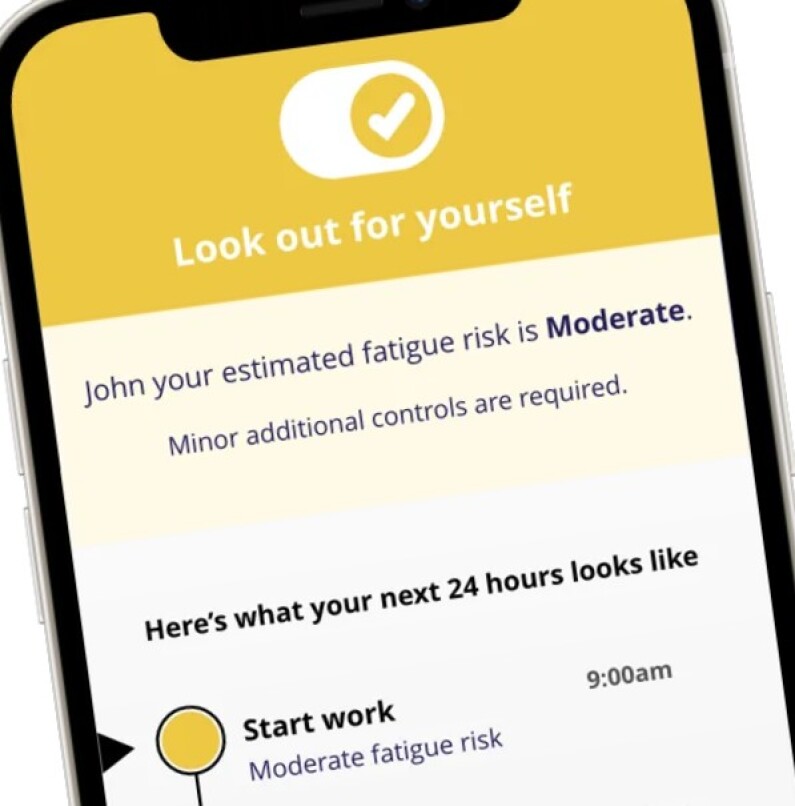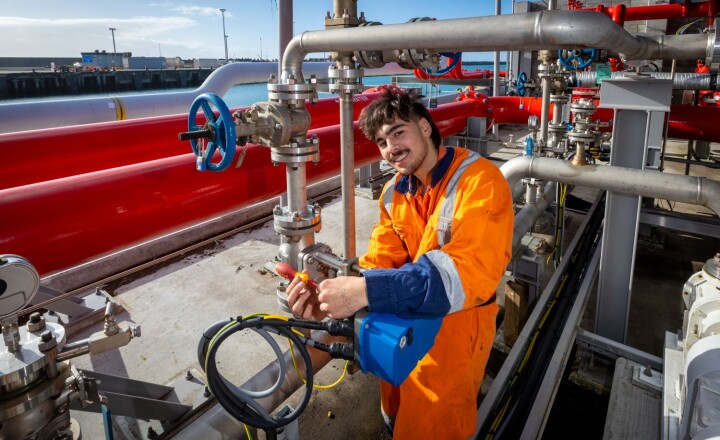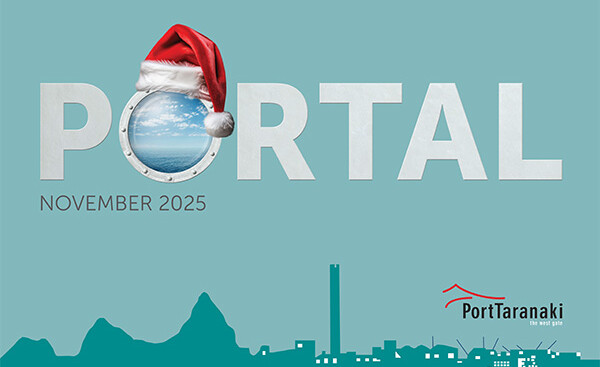
Port Taranaki is taking a scientific approach to one of the key concerns of all ports – fatigue.
The port has introduced a fatigue management app called Fatiguefit4Duty, which has been scientifically developed and uses information supplied by the worker to produce a fatigue risk assessment in real time.
“The nature of ports and shipping means that for many of the Port Taranaki team, work can take place around the clock,” says Port Taranaki operations planner Kurt Biesiek.
“Consequently, fatigue is a really important issue, particularly as our operations teams – wharf services, launches, tugs, pilots, and comms and security – work with and alongside machinery, vessels, and open water. If not managed effectively, fatigue has the potential to result in a serious incident.”
Kurt, who is on the Port Industry Association panel that reviews fatigue guidelines at New Zealand ports, says the app is the first step in Port Taranaki’s drive to increase its knowledge of fatigue, and improve its fatigue management systems.
“Fatigue regularly comes up in our annual staff survey as one of the most important issues for our work environment, and the company is focused on using evidence-based information to help develop fatigue management systems for the port.”
The app takes information inputted by the team member about hours of sleep, wake time, and the start and finish times of work, as well as a self-assessment of their alertness.
“It learns about your patterns and uses a biomathematical model to assess your fatigue risk likelihood at a specific time,” says Kurt.
“As it’s a voluntary tool, it’s led by the team member. It empowers them to look at their sleep, work and other things that might influence their sleep and rest, and make informed decisions.
“If the app indicates they’re at a higher risk of fatigue at a specific time, then they can talk to their supervisor about how to manage it, such as taking a break during a shift, putting a work management plan in place, or even the likes of taking a taxi home rather than driving.”
The results are private to the team member, with management receiving general accumulated monthly information, used for assessing the effectiveness of fatigue management processes.


